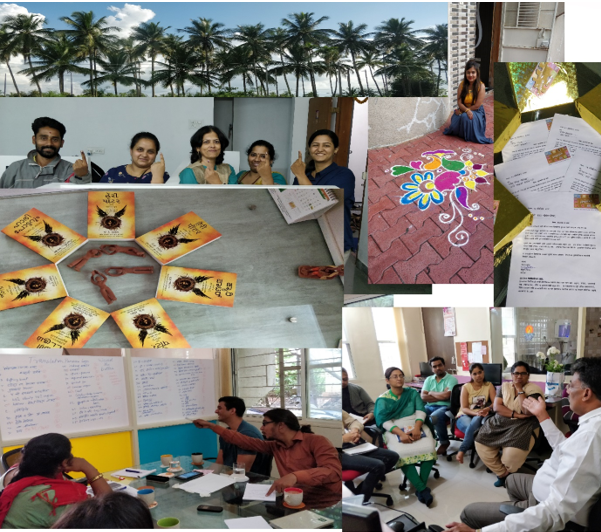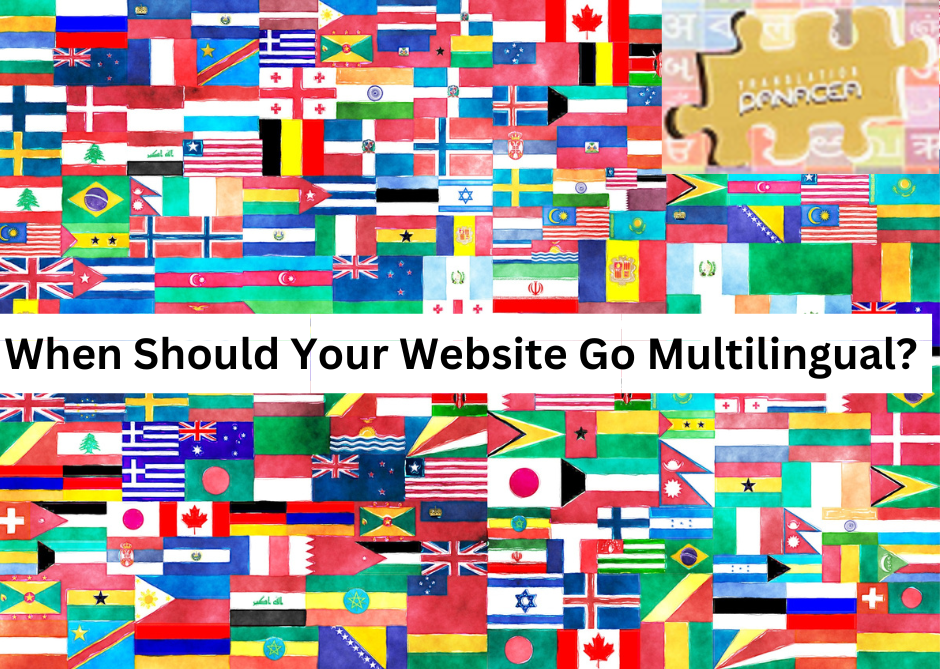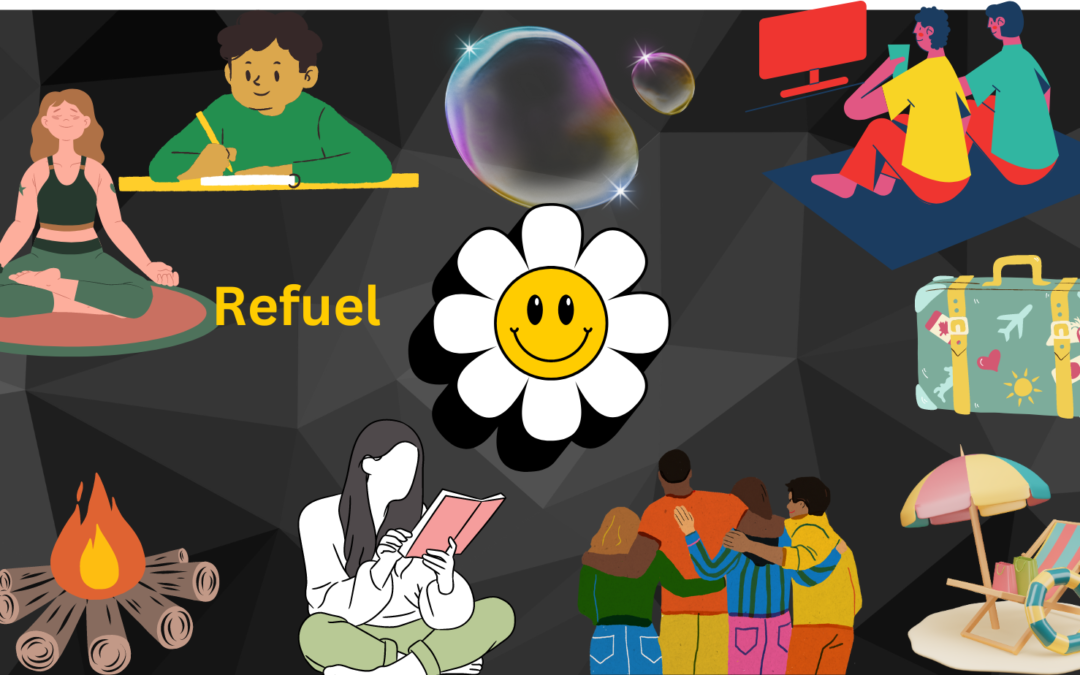The human editors ensure that the original content is understood correctly by human readers in the target language. We all know that machine translation works on AI and ML. The more corpus of translation memory you feed, the chances of getting a better translation are more.
Each piece of content is still different from the others, and hence, human intelligence has to scan through the automated translation to bring about the correct meaning and tone to the target text. A human editor has to particularly keep an eye on the following five issues.
1. Consistency – Consistency in selecting the right equivalent is comparatively easy. You have tools for that in the system, of course, one must know and use them. The human has to ensure that the whole target document is consistent in style, tone, use of verbs, use of punctuation marks etc. If the verb form करें (karein) is used in Hindi, the form कीजिए (kijiye) should not be used for similar instances. The spelling style is another point to check.
When a large document is getting translated by several translators, creating a glossary beforehand helps in taking care of some of the avoidable issues.
When there is a series of documents going with a periodicity; like a newsletter, there is a chance that two translators work on two issues. In such a case, translation of Chairman’s address has to be taken care of, as the style of writing in the last issue has to be continued in the next issue.
2. Context – Different equivalents are available in the target language for a particular word or term or expression. Selection of the right one makes the translation more ‘natural’. The context is not only about the domain, but also for the audience profile and purpose. The human editor needs to keep the translation contextual.
3. Relevance of End use – As mentioned above, the human editor needs to review the translation in the light of its End use. Why this content is communicated? Why its translation is made available? What action is expected, is the translation calling for that action just like the original text?
Is the translation going to be read or heard or seen on the screen? The length of sentences, the style of construction, forms of verbs and nouns may change according to how the content is going to be consumed. The human editor has to review the translation in this light.
4. Clumsy sentence construction – The translation may be correct grammatically and has the same meaning, yet the human editor needs to see if it is easy to understand. Every language has a natural flow and style. Can the adjective clause in the translation be replaced with an apt adjective and make the sentence shorter? Would it be better if the long translated sentence is broken in 2 shorter sentences?
5. Proper Nouns – Often the AI or Machine or Computer aided translation cannot make out the markers for proper nouns. Especially in the names of institutions and companies, where the markers like each word capitalised, or the words ‘Bank’, ‘Hospital’ are missing, the words are automatically translated. For example the company name ‘Capital Cities’ or the hotel ‘Green Woods’ is likely to be translated in the target language word by word. This can be a disaster and fatal error of translation in some cases. Here the human translator does understand the gap while reading and needs to correct the error there.
These five check points can elevate the automated translation quality a lot. If you are a human editor, please do check these points in any language pair. If you are an end user, please ensure that your human editor has checked these basic 5 points in the automated translation.












